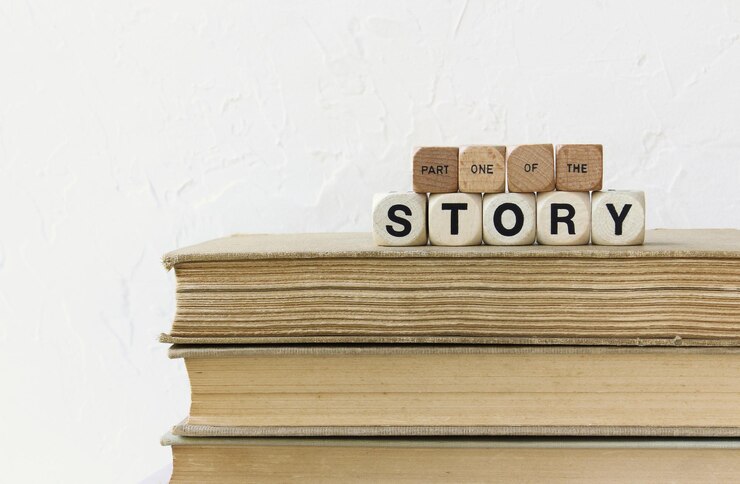The Power of Storytelling in Education

Are you struggling to keep students engaged? Do your students not show good performance in the class? Storytelling can transform their dry lessons into memorable experiences.
However, it creates curiosity, boosts retention, and makes their learning real and applicable to daily life. Which helps them to understand the actual concept.
Let’s discuss the power of storytelling in education and how it develops critical skills among students.
For example, a School Near Kabir Town can practically use the storytelling technique. Simply, people tell old stories in their free time. But it’s one of the most powerful tools in education.
Therefore, as educators, parents, or even students, most times we ignore the deep effect of storytelling techniques that shapes the way we understand the world around us.
In many schools teachers can use this strategy to teach history, science, or language subjects. Related stories connected with facts and emotions, making lessons memorable and meaningful.
Why Storytelling Matters in the Classroom
When teachers use storytelling techniques in the class, then they are not just providing lectures but they are inviting students into an experience.
For example, think about your time when you learned something through a story. It means you remember more details than from a textbook.
However, stories help students to visualize concepts, connect with characters and see real-life applications of what they’re learning and what facts exist.
As a teacher, if we introduce even complex topics through strong narratives, then our students become more engaged and show more interest during the lecture.
For example, science teachers can use different real life examples to relate their concepts.Students become more motivated to learn from practical work.
A lesson on climate change, for instance, becomes far more impactful when we follow the journey of a young activist. Suddenly, science becomes personal and relevant.
Also Read: Shape Futures: Your B.Ed. Path at Madhav Eduversity
Storytelling Builds Empathy and Critical Thinking
One of the most powerful aspects of storytelling builds empathy and critical thinking technique. If students think from others point of view, they begin to understand different perspectives.
This is very helpful in today’s diverse classrooms. Through stories, teachers can not only teach facts but they are growing emotionally intelligent individuals who can listen, relate, and respond thoughtfully.
Moreover, stories encourage critical thinking. If students analyze the plot, character decisions, and outcomes, they start asking deeper questions.
Why did this happen? What could have been done differently? That kind of thinking helps students to develop critical thinking skills that go beyond memorization.
How Stories Boost Retention and Understanding
As an educator we can see many students struggle with a concept until it’s linked to a story. Then, they suddenly picked the concept and remembered it for a long time.
It proves through studies that the human brain organizes information, structure, emotion, and flow visually. Visual stories are the best way to understand and remember things.
For example, at School Near Bahria Orchard, I noticed how lessons anchored in stories tend to stay with students longer. Students also spent more time in the classroom.
Whether it’s the tale of a historical figure or the journey of a math problem, students retain what they connect with emotionally.
Inspiring a Love for Learning Through Stories
If we use storytelling techniques in our education system, then we are not just helping students to learn, but we are creating thrust for knowledge and developing their confidence.
A classroom filled with stories feels alive. Students don’t just listen; they lean in. They begin to see learning not as a task but as a journey.
This emotional connection is what drives curiosity and imagination. When students feel curiosity they investigate things beyond the classroom. Everyone should try to nurture their children in this way.
Practical Ways to Use Storytelling
Students learn more through practical work rather than a simple storytelling way. Sometimes, just framing a lesson with a simple “Imagine this” can hook students instantly.
We can also encourage students to tell their own stories, building both their confidence and communication skills. It also encourages other student’s students to do something big.
In science, we might tell the story of a famous inventor’s failures before success. In math, we could create a problem-solving adventure that builds suspense.
Even in physical education, narrating the story of a great athlete’s journey can inspire and teach discipline. Students can learn more from their biographies about sports and sportsmanship.
Final Thoughts
Storytelling is not about luxury but it’s a necessity in modern education. Because it bridges gaps between subjects, cultures, and different minds. It brings students from different backgrounds to one platform.
As we continue to seek better ways to educate, let’s not forget the oldest and most human method we have: the power of a well-told story.
Also Read: Master SSCP With Less Stress in 2025





